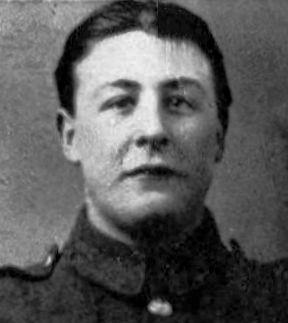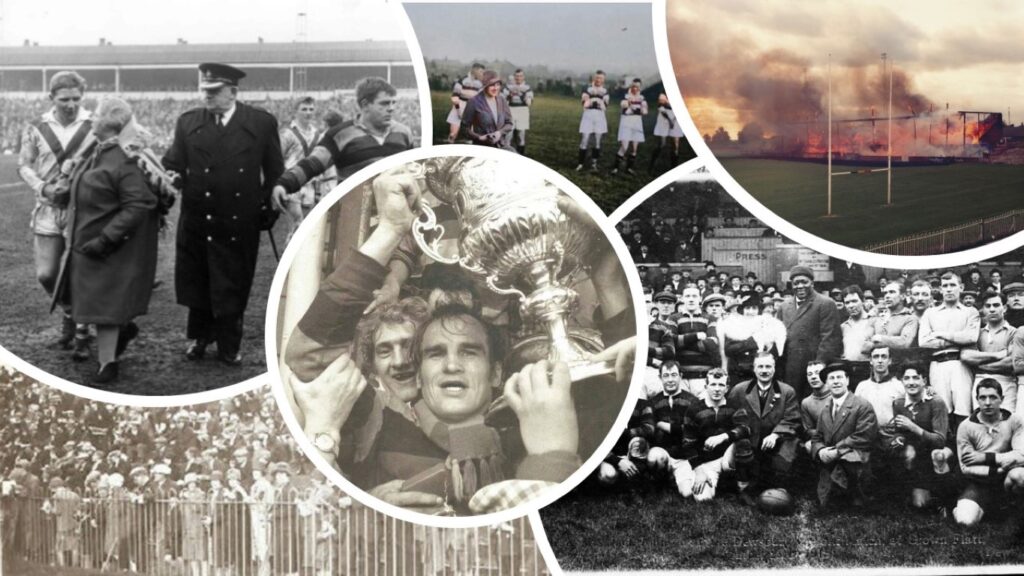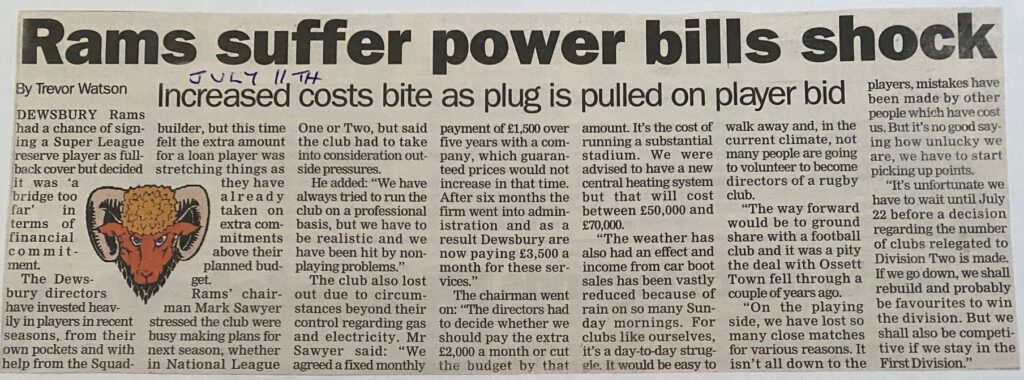Private George Arthur Hammond
Duke of Wellington’s (West Riding Regiment) killed in action in the Ypres Salient on 26th October 1915.
George was born in Ravensthorpe on 11th March 1895. His father was Francis Hammond, a Percher and Shader in a woollen mill born in Horbury in 1866 and died in 1944. His mother was Mary Jane Kate (nee Algate, birth surname Simpson) born in Hull in 1870 and died in 1913. They were married in 1892.
They had one more child; a daughter, Florence May, born 6th May 1893.
On the 1901 Census the family were living at Huddersfield Road, Ravensthorpe at the home of Mary Jane’s brother Arthur Algate; in 1911 the Hammonds lived at 1, Garden Street, Ravensthorpe.
Francis was remarried in 1915 to Sarah Oldroyd (born in 1880 and died in 1952). She was remarried in 1947 to Dan Vickers (born in 1866 and died in 1963).
George was a single man who attended Ravensthorpe United Methodist Church; he was apprenticed to his uncle, Arthur Algate, a Tailor and Cutter. He was well-known in local football circles, being described as “a remarkably well-developed youth, with a 41-inch chest measurement.”
He enlisted in January 1915 serving as Private 3761 in the 1st/5th Battalion, Duke of Wellington’s (West Riding Regiment) and was sent to the Western Front on 14th April 1915. He was serving in the support trenches alongside the canal bank near Ypres when he was shot in the head by a sniper’s bullet on 26th October 1915, the day before his unit were due to fall back to the relief trenches. His commanding officer, Major Gilbert Norton, reported that he died without regaining consciousness. His last letter home demonstrates how the units were formed from men joining up from local neighbourhoods: “We Ravensthorpe boys are getting a good share of it now, as we have lost two. One is Jewsbury and the other is Smith … My mate is S. Gawthorpe, of Ravensthorpe. He is only a new chap in the trenches … I am next to the KOYLI and have a few days with them. There is in them a chap called Bowker, who lives down Charles Street. He recognised me by my voice just when I was going into the trenches.” He was buried in Talana Farm Cemetery, West-Vlaanderen, Belgium in the next grave to Albert Jewsbury, with Douglas Smith (real name Douglas Dekenzo) being close by. George was awarded the 1914-15 Star, the British War Medal and the Victory Medal.
Talana Farm was one of a group of farm houses named by the army from episodes of the South African war. From Ieper (Ypres) the Cemetery is located on the road in the direction of Boezinge. The cemetery was begun by French troops in April 1915, then taken over by the 1st Rifle Brigade and 1st Somerset Light Infantry in June 1915, and was used by fighting units until March 1918. There are now 529 Commonwealth servicemen of the First World War buried or commemorated in the cemetery. 14 of the burials are unidentified and there are special memorials to six casualties whose graves in the cemetery could not be located and ten who are identified as a group, but not individually. It is probable that the cemetery contained other graves later destroyed by shell fire.
George is commemorated on the Dewsbury Cenotaph in Crow Nest Park and in the Dewsbury Roll of Honour kept in Dewsbury Central Library and on the Ravensthorpe War Memorial in St. Saviour’s Church.
RIP George. Lest We Forget.
Information from Dewsbury Sacrifices – The WW1 Project





